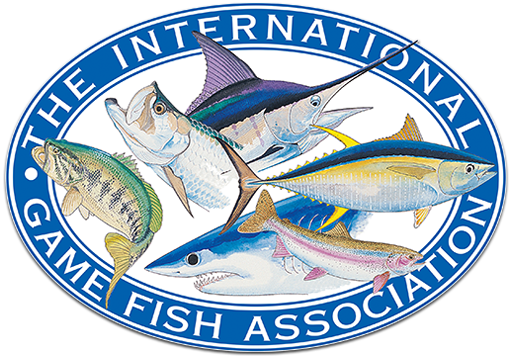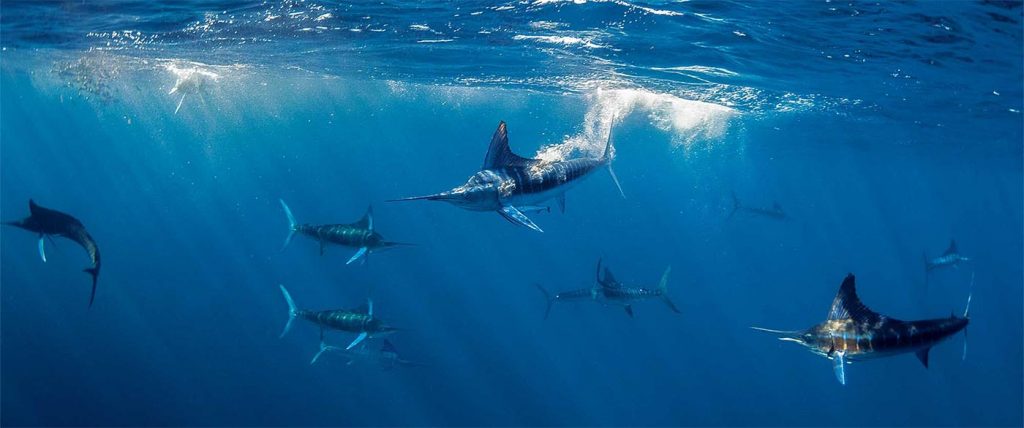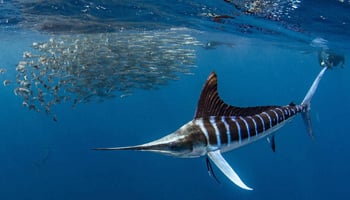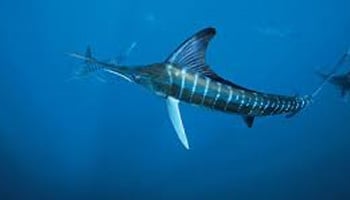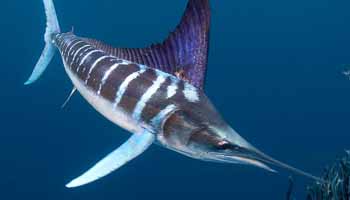Determining Striped Marlin Maturity Size in Cabo San Lucas
Overview

The Issue
Across large pelagic, highly migratory species, fishery managers require basic life history information on fish biology to manage their populations effectively. These characteristics include estimates of growth rates, longevity, and spawning dynamics. For striped marlin off Cabo and the broader eastern central Pacific, fishery managers require accurate estimates of size at first maturity, a crucial variable that, if accurately characterized, can lead to improved stock assessment efforts and potentially responsible size limits to sustain a robust spawning population.
Currently, anglers in Mexico are allowed to harvest one striped marlin per day, and although local sportfishing charters are increasingly practicing catch-and-release methods, recent data suggest that the overall size of striped marlin caught off Mexico is trending downward. To fill this crucial data gap, the IGFA and partner institutions are working to understand the reproductive biology of striped marlin off Mexico to improve the accuracy of stock assessments and inform more effective conservation strategies.
The Research
In this study, histological methods will be used to determine the reproductive stages of a subset of sampled fish, where a small section of female ovaries or male testes will be utilized to classify the stages of maturity and reproductive cycle. Then the maturity stages will be related to the reported lengths and weights of the sampled fish to determine reproductive indicators that will produce sex specific sizes at first maturity. These values will be extrapolated across the rest of the striped marlin caught in the long-term sportfishing fleet survey from 1990-2023.
The Goal
